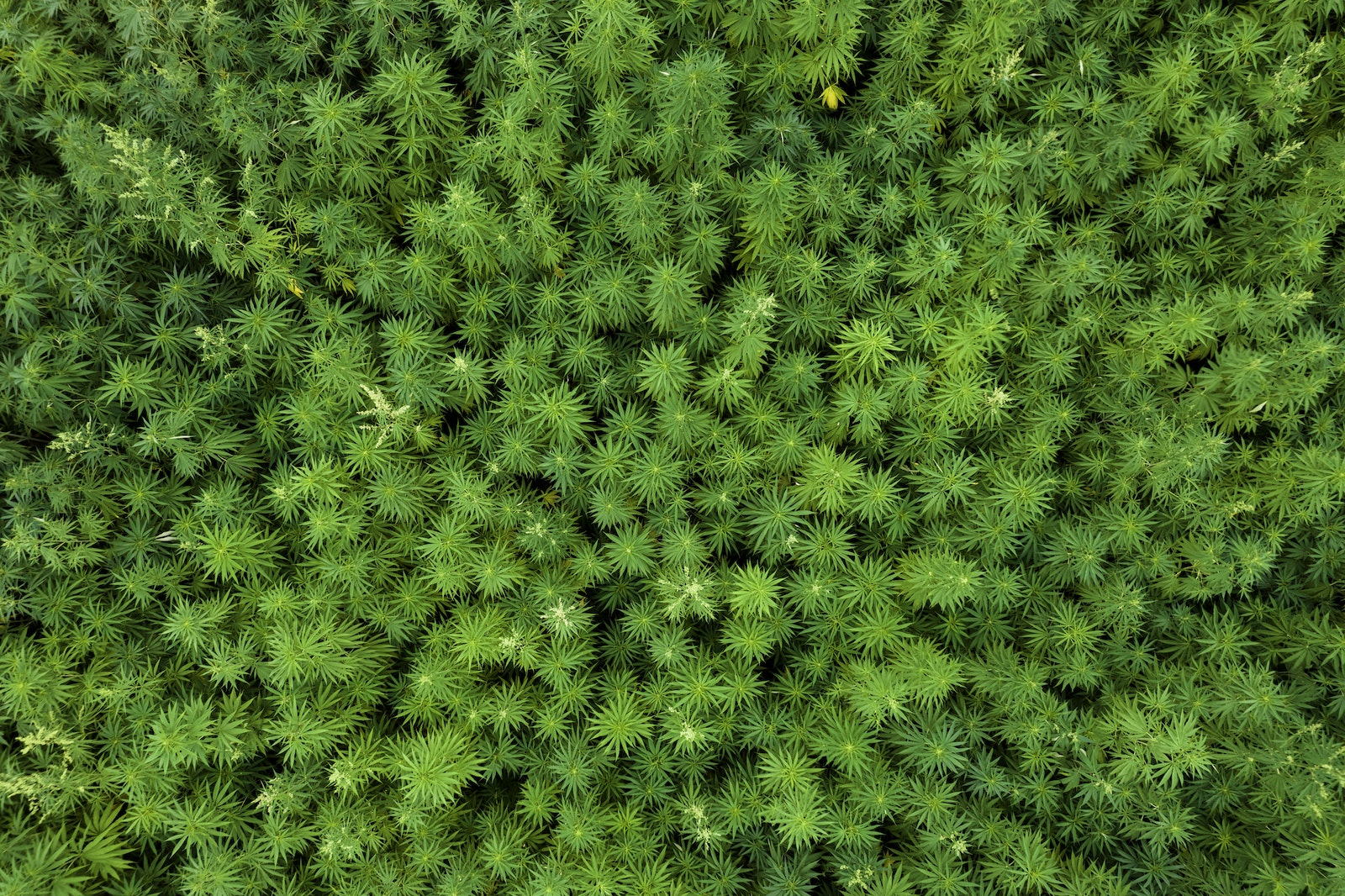When Should I Weed and Feed My Lawn in Michigan?
Maintaining a beautiful and healthy lawn in Michigan requires a well-thought-out approach, and one key aspect of lawn care is knowing when to weed and feed. In this informative guide, we’ll delve into the details of when and how to tend to your Michigan lawn to ensure it thrives throughout the year. Whether you’re a seasoned gardener or a novice looking to enhance your lawn care knowledge, this article will provide you with valuable insights and tips.

When Should I Weed and Feed My Lawn in Michigan?
Wondering about the best time to weed and feed your lawn in Michigan? Let’s explore this crucial question in detail.
Understanding Michigan’s Climate
Before we dive into specifics, it’s essential to grasp the unique climate of Michigan. Michigan experiences four distinct seasons, with cold winters and warm summers. This climate diversity significantly impacts the timing of your lawn care activities.
Spring Awakening
When Should I Weed and Feed My Lawn in Michigan in Spring?
As the snow melts and temperatures begin to rise in March and April, your lawn awakens from its winter slumber. This is the ideal time to start your lawn care routine. Begin by raking away any debris and thatch that may have accumulated over the winter months.
Applying Weed and Feed in Spring
In late April or early May, when soil temperatures consistently reach around 55°F (13°C), it’s time to apply a weed and feed fertilizer. This product not only nourishes your grass but also helps control weeds. Be sure to follow the manufacturer’s instructions for the best results.
Summer Bliss
When Should I Weed and Feed My Lawn in Michigan in Summer?
Summer in Michigan is a time of growth and vibrancy for your lawn. To maintain its health, you should refrain from applying weed and feed during this season. High temperatures can stress your grass, and applying chemicals may do more harm than good.
Fall Renewal
When Should I Weed and Feed My Lawn in Michigan in Fall?
As summer transitions into fall, your lawn prepares for dormancy. This is another crucial window for weed and feed application. Aim for late September to early October when temperatures start to cool down, but your grass is still actively growing.
Winter Dormancy
When Should I Weed and Feed My Lawn in Michigan in Winter?
Winter is a time of rest for your lawn, and it’s not suitable for weed and feed applications. Focus on other winterization tasks, such as aerating and overseeding if needed.
FAQs

Q: Can I apply weed and feed in the middle of summer if I have a weed problem?
A: It’s best to avoid weed and feed in summer due to the stress it can cause to your lawn. Instead, consider spot-treating weeds with a targeted herbicide.
Q: Are there eco-friendly weed and feed options available?
A: Yes, there are environmentally friendly weed and feed products on the market. Look for those labeled as organic or natural.
Q: Can I apply weed and feed during a rainy spell in spring or fall?
A: It’s generally not advisable to apply weed and feed right before or after heavy rain. Wait for a dry spell to ensure the product is effectively absorbed into the soil.
Q: Should I mow my lawn before applying weed and feed?
A: Yes, it’s a good practice to mow your lawn a day or two before applying weed and feed. This allows the product to come into better contact with the soil.
Q: Is it essential to water the lawn after applying weed and feed?
A: Yes, watering your lawn after application helps activate the fertilizer and ensures it penetrates the soil properly.
Q: Can I apply weed and feed in early spring if there’s still a chance of frost?
A: It’s best to wait until the threat of frost has passed before applying weed and feed. Frost can interfere with the product’s effectiveness.
Conclusion
Caring for your Michigan lawn is a rewarding endeavor, and knowing when to weed and feed is a critical part of the process. By following the guidelines outlined in this article, you’ll be well-equipped to maintain a lush, healthy lawn throughout the changing seasons. Remember that a well-timed weed and feed application, combined with proper watering and mowing, can make all the difference in achieving the lawn of your dreams.

























